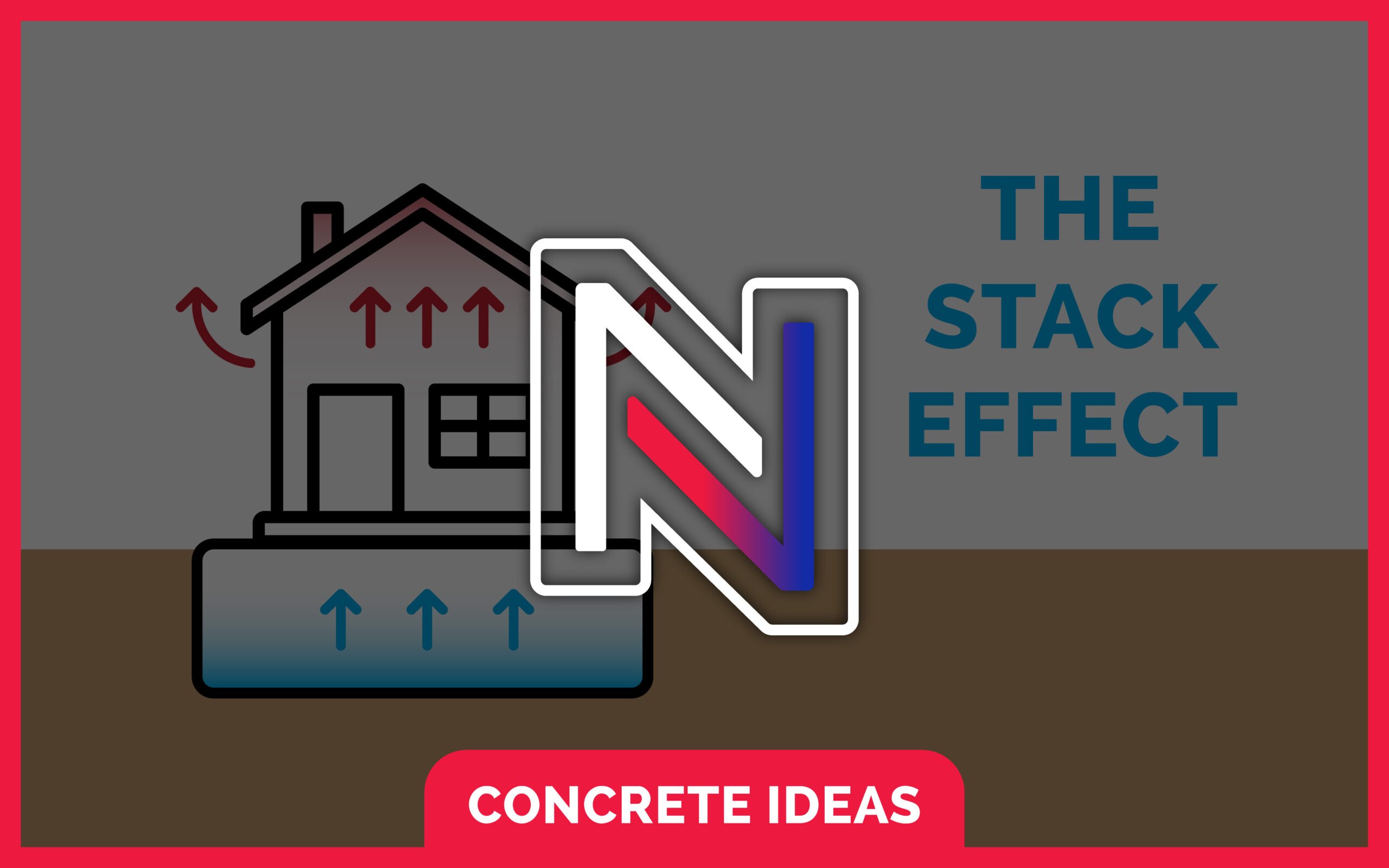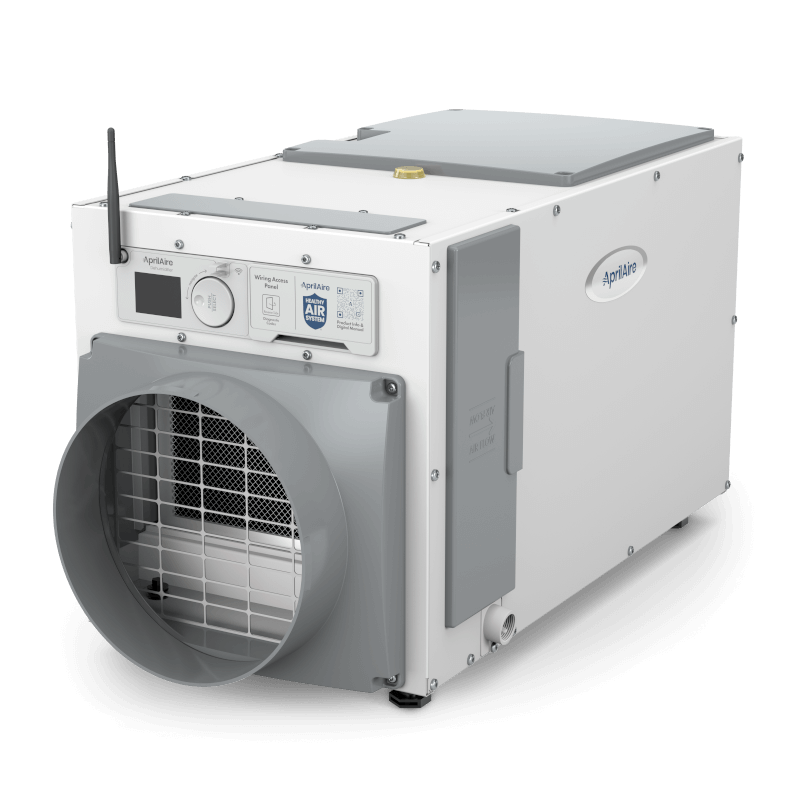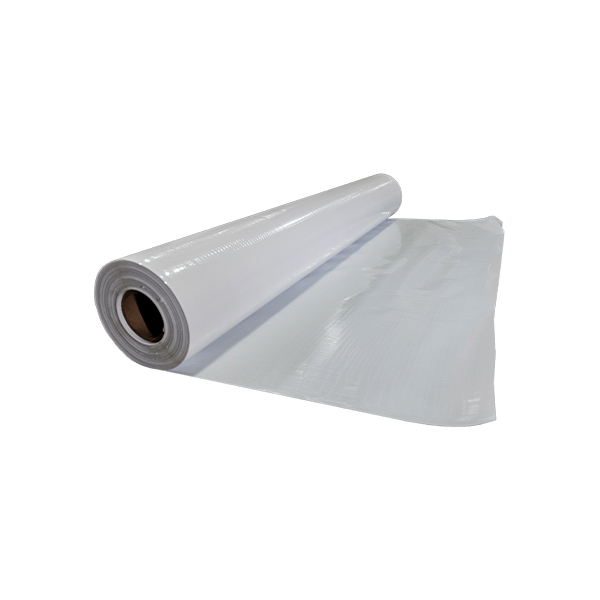As a contractor, you’re used to diagnosing problems in homes and knowing what some of the best solutions are to address those issues. But most homeowners don’t fully understand the reasons they are having problems like moisture in their basement, a musty smelling crawlspace, or even high energy bills.
Sometimes, it can be hard to explain the causes in a way that makes sense, but being able to do so is important to building trust with the homeowner and your own credibility.
In this post, we’ll discuss “The Stack Effect”, the different aspects of it to go over with your customers, and the benefits of addressing it.
Understanding the Stack Effect
The stack effect is a natural airflow phenomenon that occurs in buildings due to differences in air temperature and pressure between the inside and outside. In simple terms, warm air rises and escapes through the top of the house, while cooler outside air is drawn in from the bottom to replace it.
This creates a vertical airflow pattern through the structure—similar to how a chimney works. The greater the temperature difference between inside and outside (especially in winter), and the taller the building, the stronger the stack effect.
The 4 Reasons to Address it with Homeowners
There are many things homeowners can do to make their home better, inside and out, but addressing air leaks is one that will improve their lives in multiple ways.
Energy Efficiency: Uncontrolled air leakage drives up heating and cooling costs. Fixing it saves your customers money.
Comfort: It causes hot and cold spots, drafts, and temperature stratification, which can make their home uncomfortable.
Indoor Air Quality: It can draw in air from crawlspaces, basements, or attics—often carrying moisture, mold, radon, or combustion gases. A leak-free home is a safer home.
Durability: Moisture carried by air leaks can lead to condensation, mold growth, and structural degradation over time. Make sure they understand that fixing this will improve the quality and life of their home.
Signs of Air Leaks in the Home
Typical signs of the stack effect occurring in homes include:
- Cold floors and drafts near baseboards (especially in winter)
- Overheated upper floors in summer
- Ice dams on roofs
- Stale or musty air, especially upstairs
- High utility bills despite proper HVAC sizing
How to Address it as a Contractor
To address the stack effect and leave your customers feeling comfortable and with a healthy home, you’ll want to focus on insulation, air sealing, and air quality.
Insulation: Ensure insulation is continuous and properly installed—especially in attics and basements.
Air Sealing: Focus on the top (attic plane) and bottom (basement/crawlspace). Seal plumbing penetrations, recessed lights, attic hatches, rim joists, and sill plates.
Air Quality: Installing a dehumidifier in the basement or crawlspace, as well as vapor barrier liner, can reduce mold- and mildew-causing moisture and harmful gases from getting into the home.
Final Thoughts
As a residential contractor, understanding the stack effect helps you diagnose persistent comfort issues, improve home performance, and increase client satisfaction. It’s not just about sealing air leaks—it’s about creating a controlled building envelope that works with physics, not against it. Help your customers live healthier, happier lives.




